A Journey through Southern Italy by Joe Andriano, with Gail Andriano October 6-22, 2017 Part I. Sicily:Taormina, Agrigento, Etna |
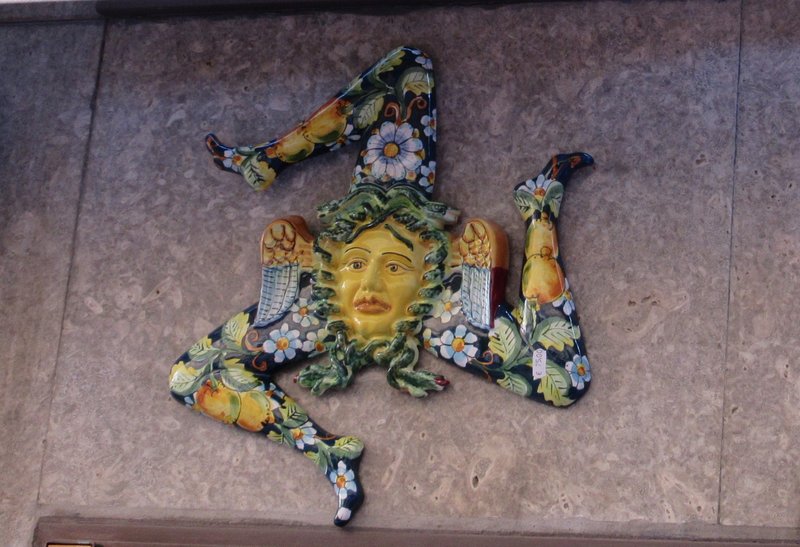
An ornate version of the Trinacria, symbol of Sicily
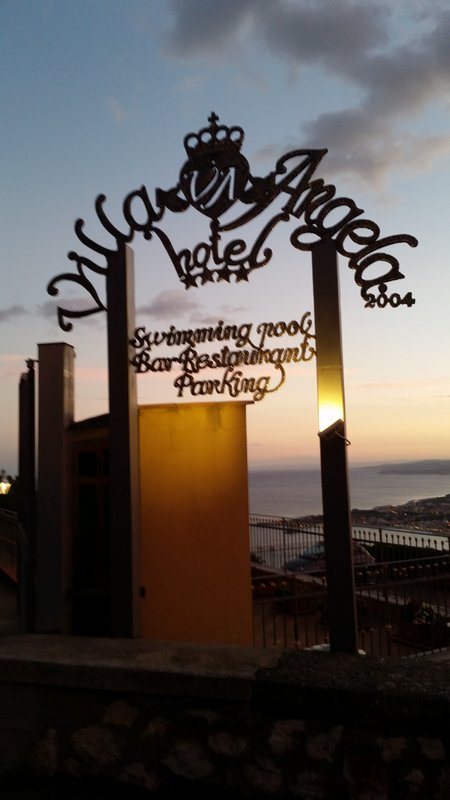 We
arrived in Taormina a day earlier than the tour’s start so that we could recover from
jetlag (three flights: Lafayette, La, to Atlanta to Rome to Catania, then a hired
car to Taormina). Our hotel, the Villa Angela, was way up a long narrow winding road from
the town itself.
We
arrived in Taormina a day earlier than the tour’s start so that we could recover from
jetlag (three flights: Lafayette, La, to Atlanta to Rome to Catania, then a hired
car to Taormina). Our hotel, the Villa Angela, was way up a long narrow winding road from
the town itself.
Even though the hotel was very high up the mountain,
higher still (and visible from our balcony) was the Madonna della Rocca church built right out of the rock, with its giant white cross facing the Ionian Sea:
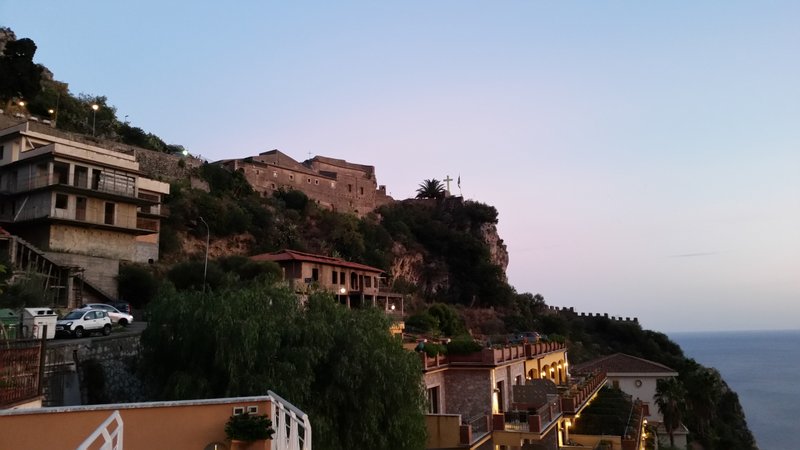
From the piazza we had a magnificent view of the Ionian Sea, spread out before us .
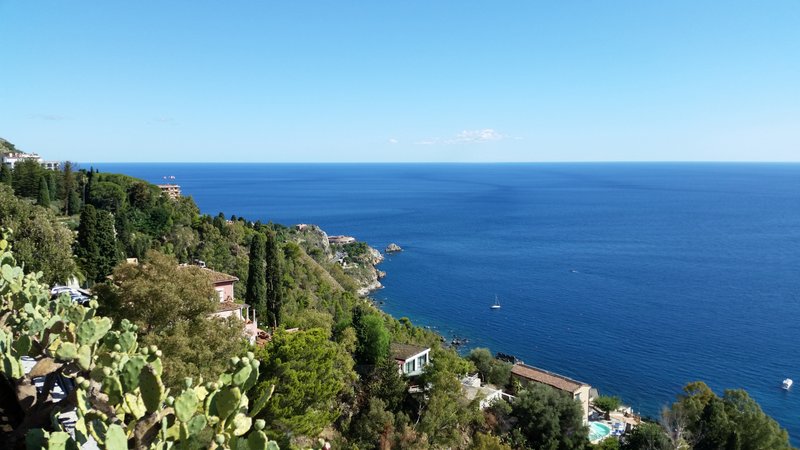
Further along the Corso, we came to the Piazza del Duomo, where the medieval cathedral (c. 1400 but refurbished many times) contrasts rather starkly with the ornate baroque fountain (1635) across the square, with its female centaur-like figure representing the town:
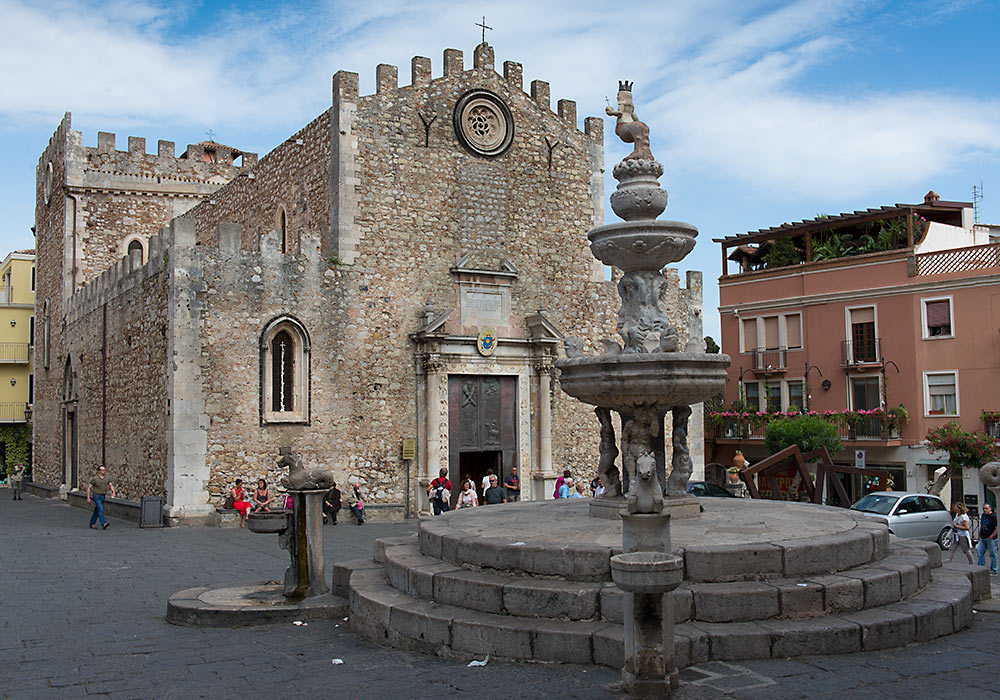
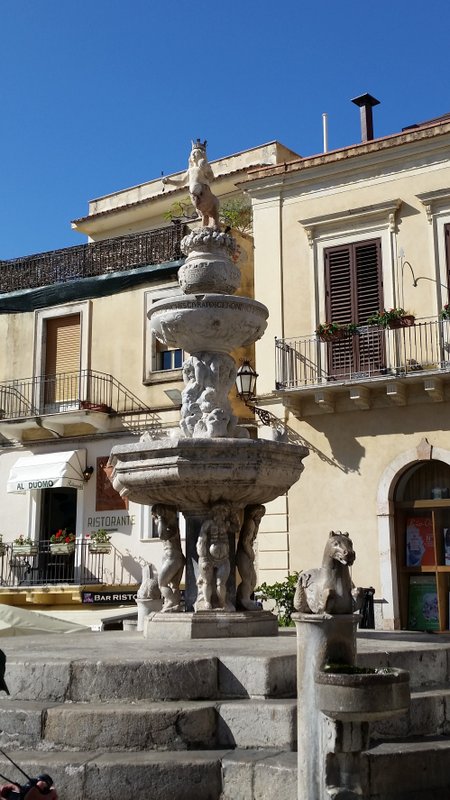
When we were there, a drone was hovering above the square like a giant bug. It seemed to belong to a papparozzo trying to get a shot of a celebrity on a motorcycle (we didn't get a shot!) The little girl walking on the base of the fountain was not impressed!
We took a tour of the Teatro Greco. Built in the third century BC, it's still used for arts and film festivals in the summer. "Sublimely
situated," "suspended between sea and sky," with Mt. Etna looming on
the southern horizon, this ancient Greek theater's setting was called
by Goethe "the greatest work of art and nature."
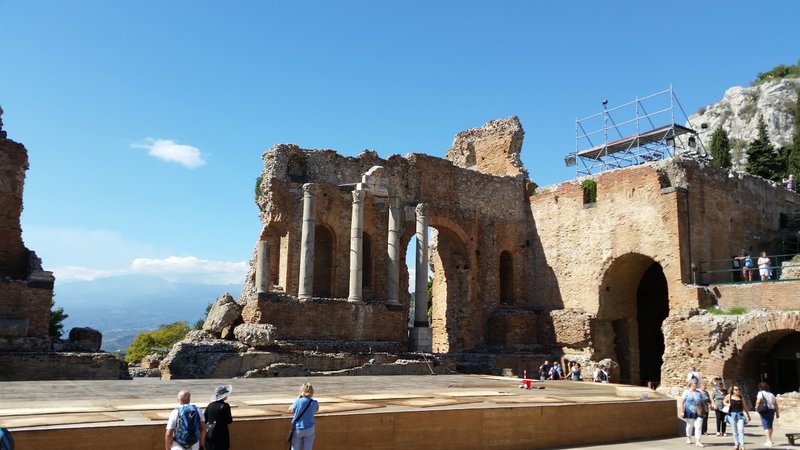
For ancient Greek ruins (sorry, Goethe!) Agrigento was greater still--well worth the long bus ride across Sicily--with its series of ancient Greek temples on a plateau (the so-called Valley of the Temples) overlooking the Mediterranean Sea.
First pictured here, the bouleuterion, or council assembly house; then temples to Heracles and Hera/Juno, and last but by no means least the Concordia.
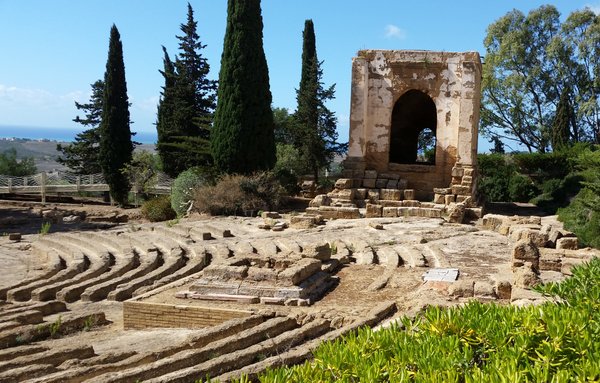
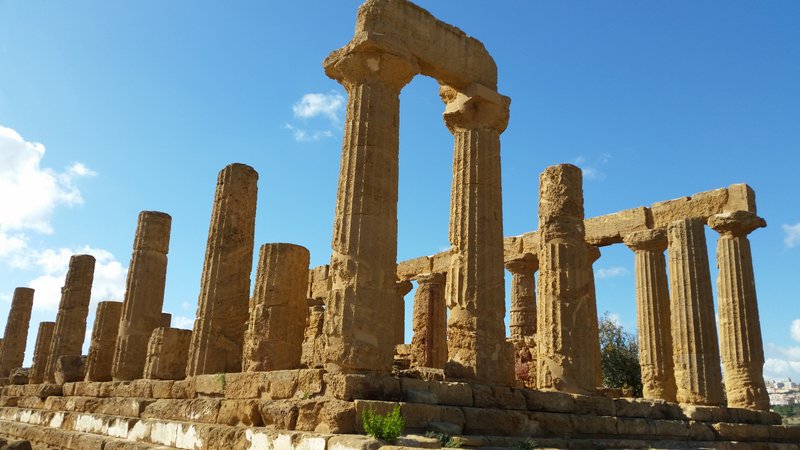
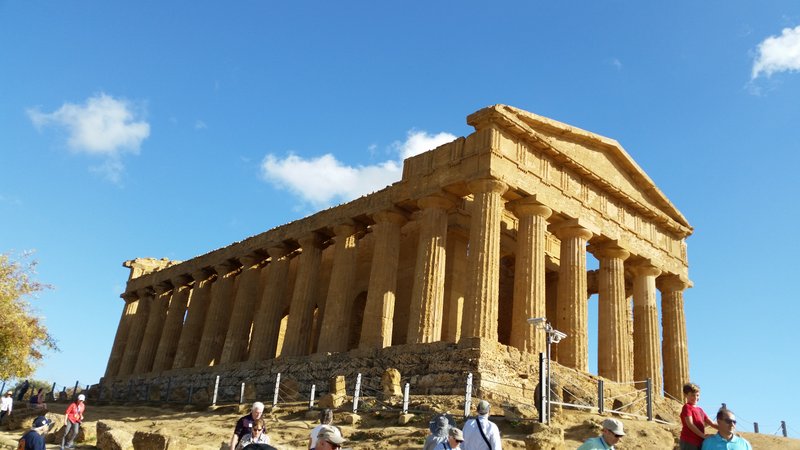
And lastly in Sicily, we took a drive up Mt. Etna, stopping briefly in Zafferana Etnea on the way, visiting the baroque church there. Those stairs leading up to the church door are made of lava from Mt. Etna.
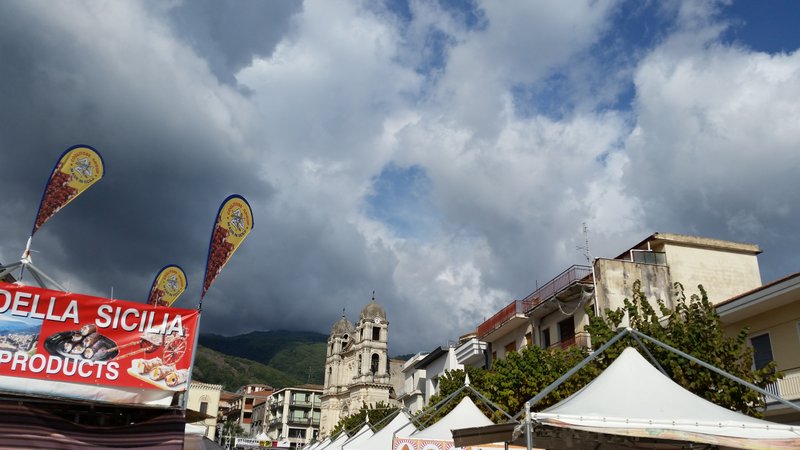
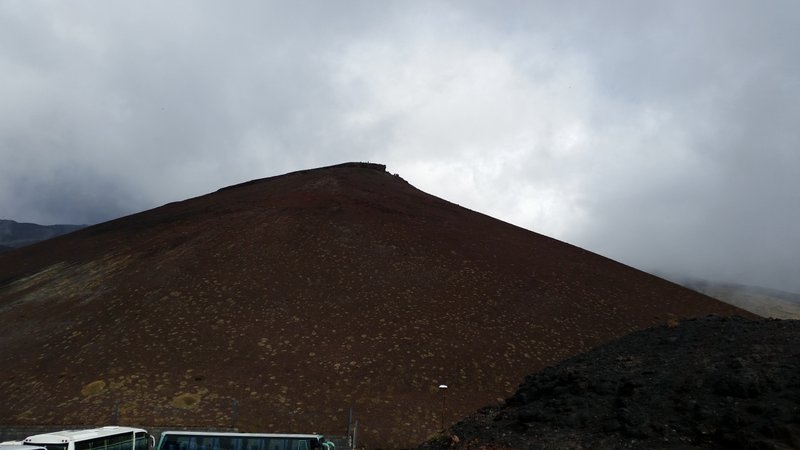
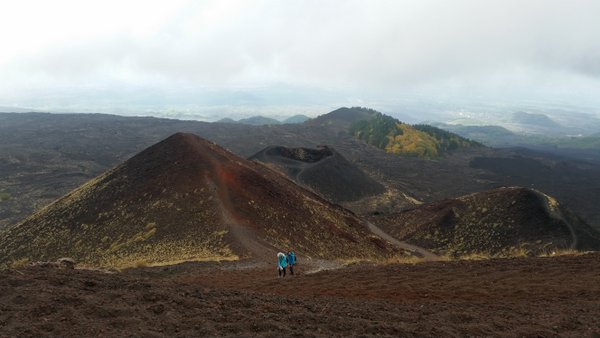
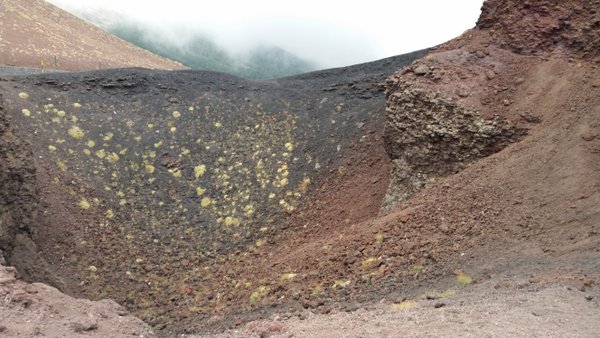
Numerous lady bugs dotted the rocky volcanic landscape, perhaps having migrated for the winter, or enjoying a giant Mount Etna mating party. The colorful picture next to the ladybug pic shows the highest I climbed. At the top right in that picture are the parking area and visitors' center.
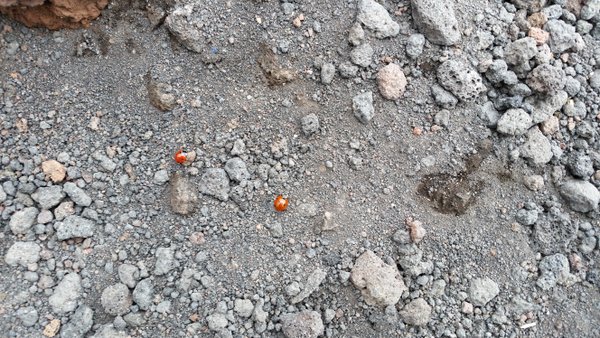
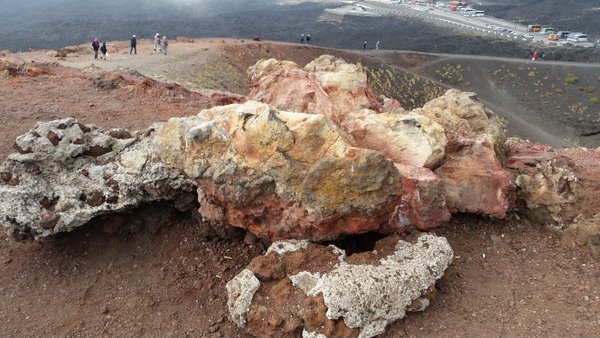
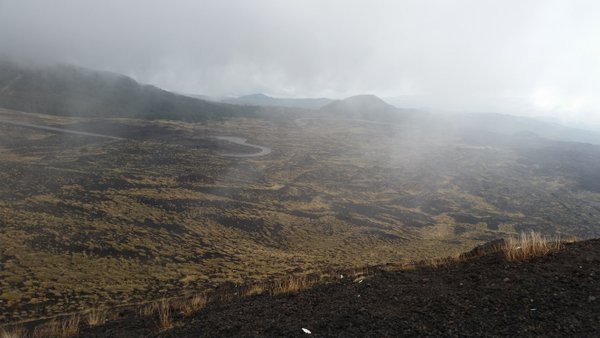
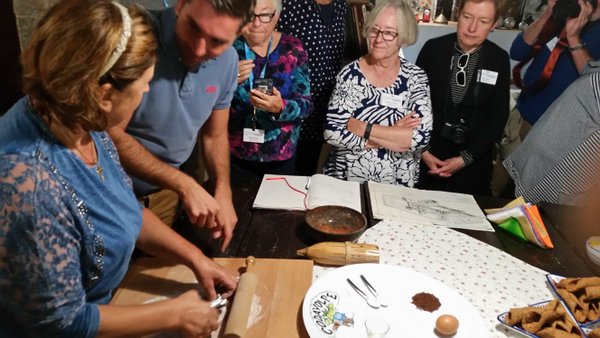
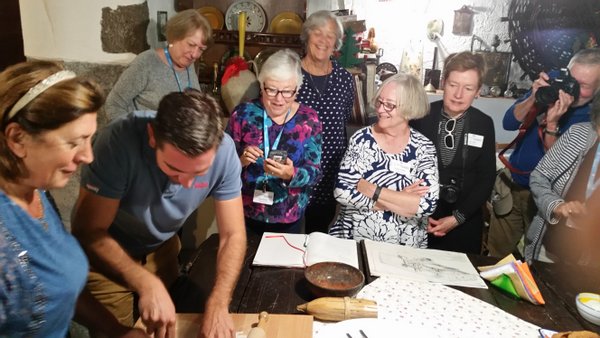
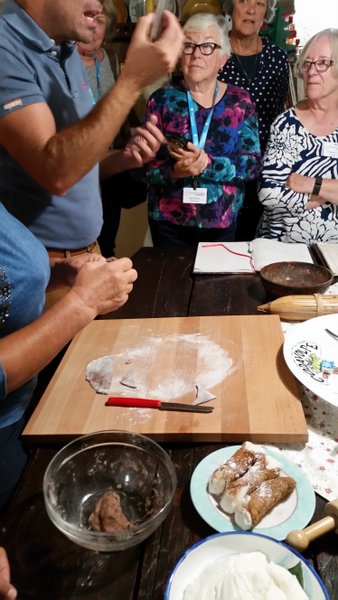
Our last night in Taormina, on our own, we ate al fresco at the Deja Vu ristorante, not far from the Flamingo. Some good Sicilian singers and some fine Italian wine.